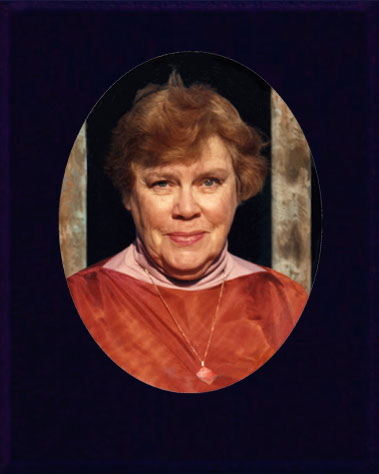To
this day, nearly thirty three years later and at the age of nearly ninety, Jean
Dennell has never forgotten the enormous personal impact of the work, an impact
which hasn’t faded since she first laid eyes upon the artist’s easel,
and the painting of the day of wrath, which she named Dies Irae, one sunny afternoon
in August of 1987.
Jacques
Janvier returned to the studio
with his friend Jean Dennell, a notable watercolor
artist herself. As it happened,
Dennell's reaction to Mulleian's painting
was virtually the opposite of Janvier’s. Her quietly startled reaction
took several minutes to find a voice. She,
at first, seemed overwhelmed by the painting’s powerfully dramatic
message and technical brilliance. Quietly,
gradually, she moved ever closer to the canvas, intensely studying
every detail without saying a word. She
was overtaken by the piece.
Dennell
was and is a deeply spiritual woman who had come
from a Catholic background and was most comfortable with
the old, traditional Latin Mass. So it was as though she had known the
painting’s title before even seeing the canvas.
Out of what seemed like the silence of eternity, from under her breath and absolutely
without effort, came the words “Dies Irae”. To everyone’s amazement
and with a burst of exuberant relief, they suddenly realized the painting’s
name.
Now,
almost exactly twenty three years later, after being inadvertently out of touch
for the last ten years, and after personal losses for both Dennell and Mulleian,
(she, with the death of two of her three sons, he, with the death of his long-time
companion Robert Arbegast) the warmth of their friendship has continued. Dennell
still lives in San Francisco, producing vibrant watercolors of many subjects,
but most notably of the indigenous peoples of Honduras and greater Latin America.
Jean
Dennell
and
Mulleian's
Painting
Dies
Irae
